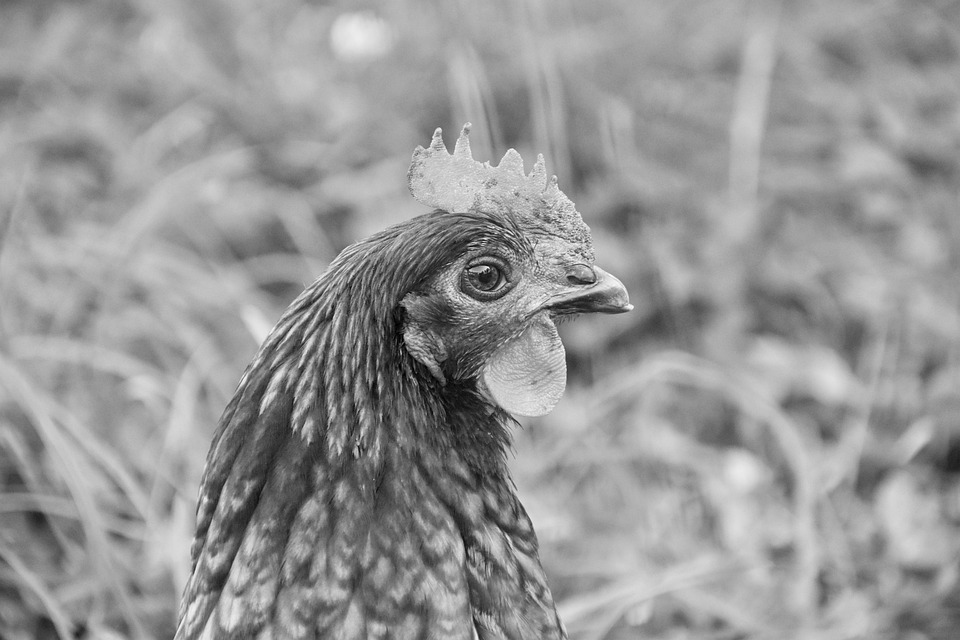# The Circular Harvest: Exploring the Waste Reduction Benefits of Sustainable Farming
Picture this: a golden sunrise breaking over rows of leafy green crops, the air crisp with the scent of rich earth, and the gentle sound of bees buzzing about their daily work. There was a time when this morning scene inspired me to dig deeper into the principles of sustainable living, shaping my relationship with food and the planet. It became evident that embracing sustainable farming isn’t just about growing food; it’s about revolutionizing our approach to waste and resources. Welcome to “The Circular Harvest,” an adventure exploring the myriad waste reduction benefits of sustainable farming.
## Understanding Sustainable Farming
At its core, sustainable farming is all about working harmoniously with the environment. It involves cultivating crops and raising livestock through methods that maintain or enhance the health of ecosystems while providing nutritious food for communities. Think of it as a dance between nature and agriculture, where each movement minimizes waste, conserves resources, and ultimately creates a symbiotic relationship between humans and the land.
### The Circular Economy in Agriculture
The concept of a circular economy—where resources are kept in use for as long as possible and waste is minimized—finds a natural home in sustainable farming. In traditional linear economies, we extract resources, produce goods, consume them, and then dispose of the waste—generally ending up in landfills. Sustainable farming flips that model on its head.
By rethinking waste, sustainable farms can create products that serve a multitude of purposes through various innovative techniques. Here are some ways the circular economy marks its territory in sustainable farming:
1. **Composting**: Instead of throwing away kitchen scraps, farmers convert them into nutrient-rich compost. This process not only enriches the soil but also reduces the volume of waste sent to landfills.
2. **Crop Rotation**: Alternating crops on the same land prevents nutrient depletion and reduces pest infestations. Each crop contributes to a healthier ecosystem and utilizes resources more effectively, enhancing production and minimizing waste.
3. **Permaculture**: This holistic approach mimics natural ecosystems, creating a self-sustaining environment. It incorporates various plants, animals, and natural processes to ensure minimal waste while maximizing productivity.
4. **Agroforestry**: By integrating trees and shrubs into farmland, farmers can create diverse ecosystems that increase productivity, reduce soil erosion, and sequester carbon, all while reducing waste and improving biodiversity.
5. **Zero-Waste Practices**: From seed to harvest, internalizing every aspect of the process—including using every part of the plant—leads to minimal waste. For instance, vegetable tops and skins can become delicious broths or smoothies, ensuring nothing is wasted.
## The Waste Reduction Benefits
Now, let’s dive into the tangible waste reduction benefits that sustainable farming brings to the table. From the earth to our plates, the impact is profound.
### 1. Reducing Food Waste
According to the Food and Agriculture Organization (FAO), approximately one-third of all food produced globally is wasted. Sustainable farming practices can mitigate this waste significantly. By promoting local consumption and community-supported agriculture (CSA) models, nutrient-dense food can be delivered directly to consumers, reducing spoilage during transportation.
### 2. Enhancing Soil Health
Healthy soil equals thriving crops. By employing practices like composting, mulching, and cover cropping, farmers can maintain soil fertility and structure. Healthy soil reduces the need for chemical fertilizers, which can often lead to nutrient runoff and pollution. Less chemical use means less waste—both in terms of production and environmental impact.
### 3. Ensuring Biodiversity
Biodiversity on farms contributes to a robust ecosystem. By fostering a variety of plants, insects, and animals, we create natural pest control and pollination systems. This diversity minimizes the need for synthetic pesticides and herbicides, which, when used excessively, can pollute water sources and create ecological barriers.
### 4. Utilizing By-Products Wisely
In sustainable farming, nothing goes to waste. For example, crop residues can be repurposed as animal feed, while livestock manure can serve as fertilizer. This holistic approach ensures that by-products are transformed into valuable resources, closing the loop and minimizing waste.
### 5. Implementing Water-Saving Techniques
Water is one of our planet’s most precious resources. Sustainable farming adopts techniques like rainwater harvesting, drip irrigation, and the use of bioswales to efficiently use water, preventing waste. By focusing on conserving this vital resource, farmers also reduce the energy and costs associated with water treatment and transportation.
## Pro Tips for Embracing Sustainable Farming
Ready to jump into the circular harvest? Here are some handy pro tips to ignite your sustainable farming journey:
### 1. Start Small
Whether you’re launching a community garden or tending to a backyard plot, begin with manageable steps. Focus on a few crops and learn what works best for your growing conditions. As you gain confidence, expand your efforts!
### 2. Create Your Compost System
Set up a compost system in your garden. You can use kitchen scraps, yard waste, and even paper products to create nutrient-rich compost. It’ll save you money on fertilizers and help reduce landfill waste.
### 3. Explore Crop Rotation
Research different crop rotations that suit your soil and climate. This practice can enhance soil health and increase yields, leading to less reliance on chemical inputs.
### 4. Join a Local CSA
Connect with local farmers by joining a community-supported agriculture program. You’ll gain access to fresh, seasonal produce while supporting local economies and minimizing food waste in transit.
### 5. Invest in Rainwater Harvesting
Install systems to collect and store rainwater for irrigation. This not only conserves water but also reduces the demand on municipal water systems.
## The Bigger Picture
The circular harvest transcends personal gardens and community farms; it’s about forging a global movement toward sustainability. As more farmers adopt these practices, we inch closer to a world that values resources as finite treasures. By understanding the waste reduction benefits and actively engaging in sustainable farming, we can collectively heal our planet.
### Conclusion
In today’s fast-paced world, embracing sustainable farming and understanding the waste reduction benefits can rekindle the harmony between humanity and nature. Whether you’re a seasoned farmer or a curious urban gardener, the circular harvest is a vibrant invitation to reflect on how we grow, consume, and respect the land that nourishes us.
By making intentional choices—one seed, one compost pile, one sustainable farm at a time—we can create a flourishing ecosystem that not only feeds the world but also nurtures the earth. Let’s roll up our sleeves, sow the seeds of change, and enjoy the fruits of a truly circular harvest!



